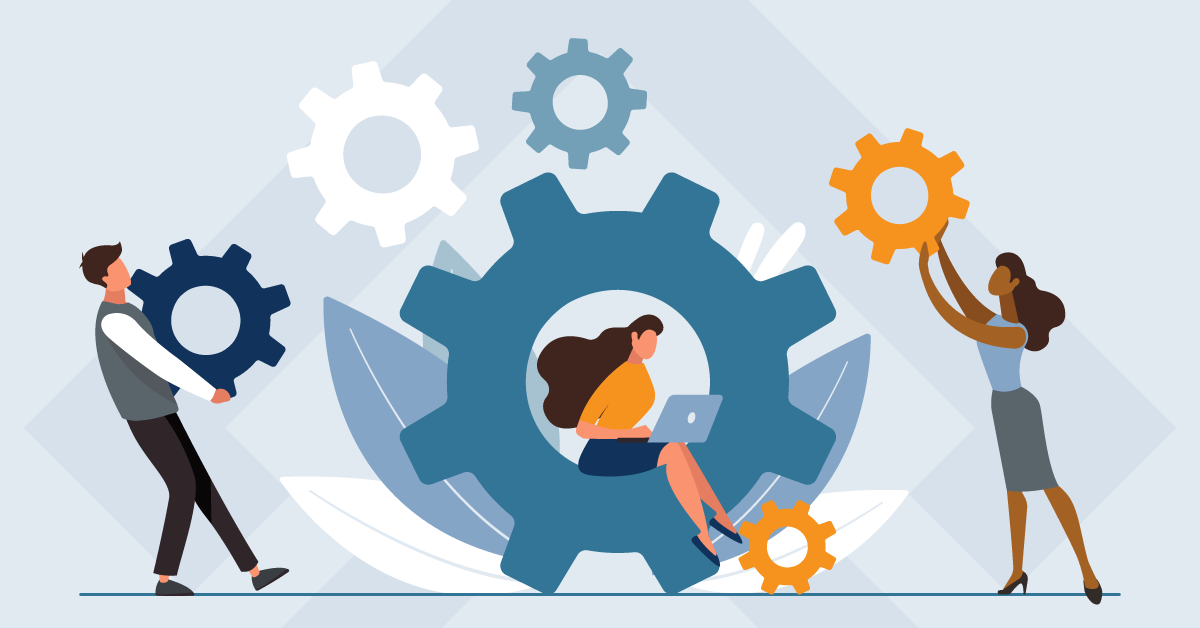Fearless is Now Available for Pre-Order!
.png)
Insights on How to Productize Services and Solution Offerings
A collection of news, insights, and best practices for productizing services, conducting market research, developing new products, and commercializing offerings.
.png)
One CEO recently shared with me, “We need to restructure our incentive plan. Our consultants are all incented on short-term revenue, which is making it very hard to get traction with our new products that have lower price points but better margins and more revenue visibility.”

Whom to hire—and when to hire them—to score big product wins.
.jpg)
To play at a high level, these companies have to undergo significant organizational transformation.

Services Firms don’t need to become product-led organizations. They do need to become product friendly.
.jpg)
Productizing services firms can use well-crafted vision statements to galvanize support for profound organizational transformation.

“Our product review board meetings are less about improving the performance of the product portfolio and more about getting people to buy into our productization strategy. They allow people to come with ideas, source ideas, and get involved in the process. They give us a chance to see who is willing to raise their hand, come on board, become true believers, and take that back to their own teams."
The most successful productizing companies have a product organizational structure that is driven by and aligned with a well-articulated vision and goals for the productization strategy. A product org structure that is misaligned with the goals of the productization strategy puts great product ideas at risk of lackluster performance, racking up costs, or never making it to launch in the first place.
-1.jpg)
One of the most rewarding parts of my job is helping people overcome fear. I help clients overcome the fear of uncertainty as they try to innovate and develop new products. I work with my team to overcome the fear of not being liked when they have to deliver unpleasant market feedback to a client. And my co-founder and I talk a lot about our own fears of failure as we try to grow, but also protect, our business.
I’ve also watched brave colleagues, friends and family stare down fears when the stakes are much higher - a cancer diagnosis or a sick child, for example. And I think of their ‘fearlessness’ when my smaller work-related fears can feel all-consuming.
This summer, I had the opportunity to practice fearlessness in a new way. On August 3, I summited Mount Kilimanjaro with my 16 year-old son, David.

Gratitude practices have been a mainstream personal improvement trend for almost 20 years, since psychologists began testing the role of gratitude to positively impact mental health and boost happiness. Science shows that consistent gratitude practice–taking time out to recognize and say thanks for the good things in our lives–has a host of personal benefits, including increased happiness and positive mood, less experience of burnout, better sleep, and more patience, humility, and wisdom.
.jpg)